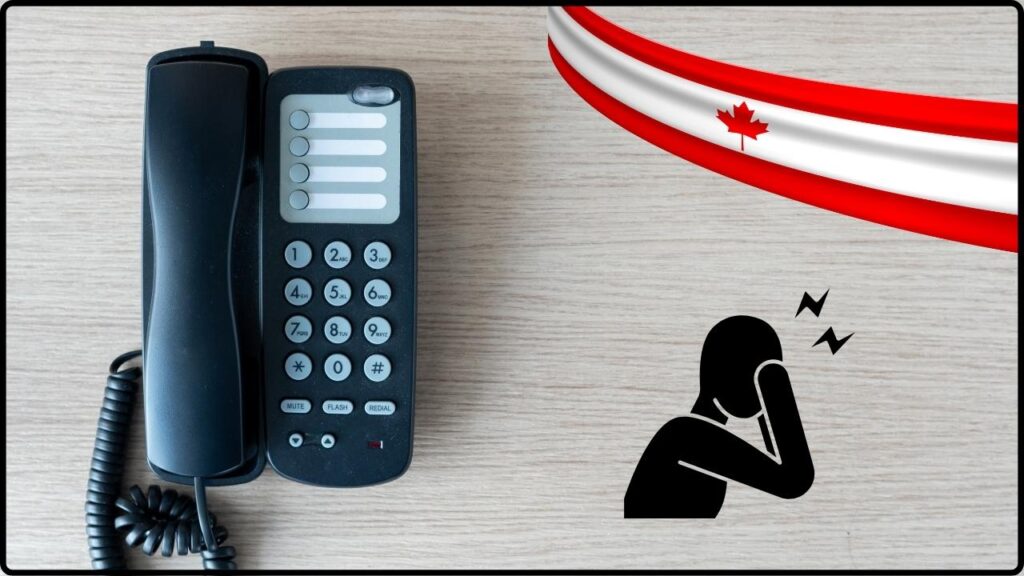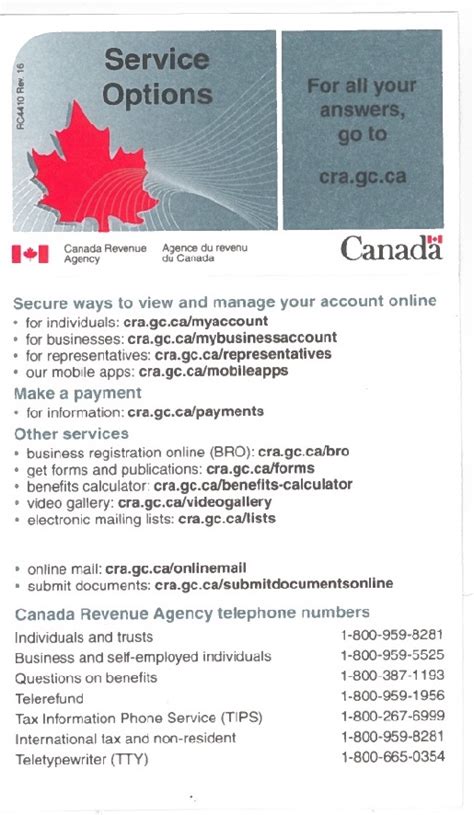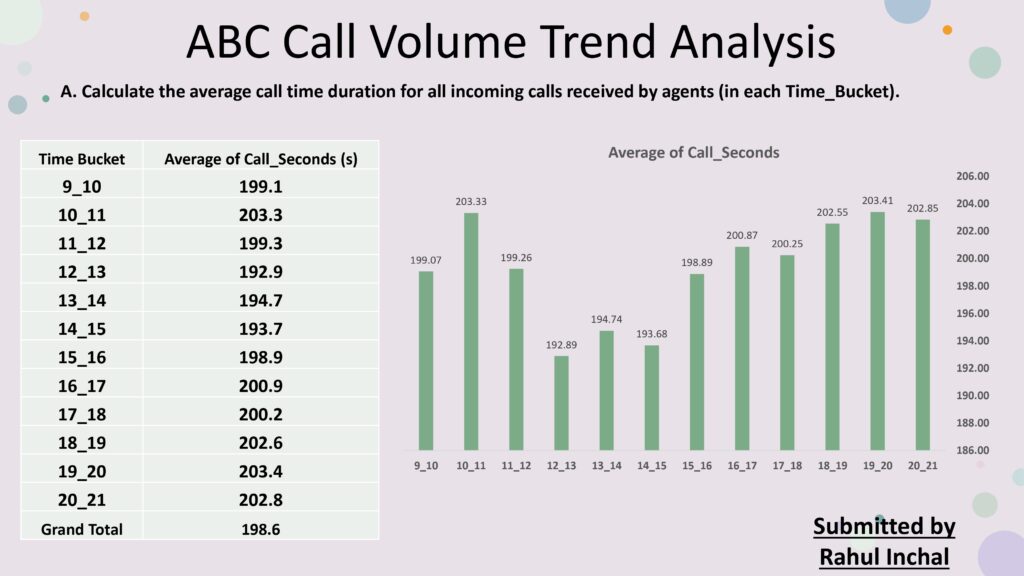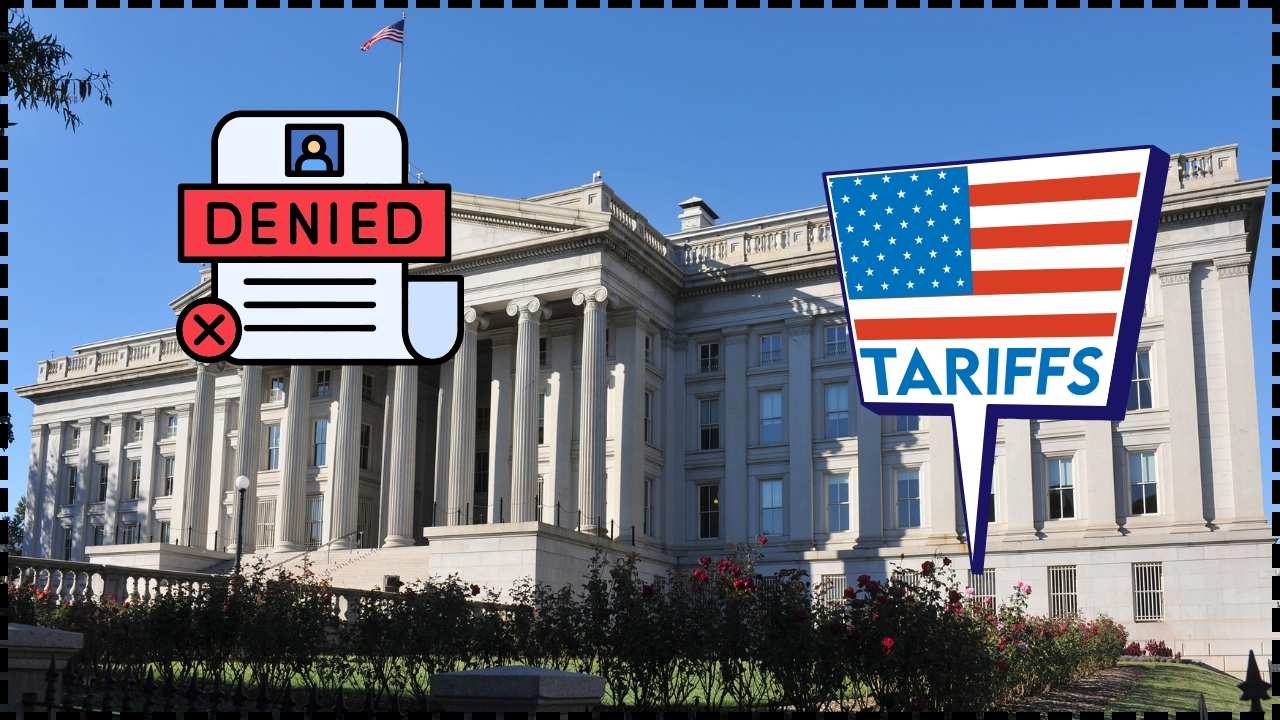Canadians Furious as CRA Phone Lines Go Silent: If you’ve tried calling the Canada Revenue Agency (CRA) lately and felt like you were shouting into the void—well, you’re not alone. Across Canada, taxpayers are slamming their phones down in frustration because no one’s picking up. Call centers are jammed, agents are nowhere to be found, and people just want answers about their taxes, refunds, or benefits. This isn’t just a minor inconvenience—it’s a nationwide headache. With tens of millions of calls flooding CRA lines and staffing cuts thinning the ranks, the system is buckling under pressure. Add in the occasional network outage, and you’ve got the perfect recipe for taxpayer rage.
Canadians Furious as CRA Phone Lines Go Silent
The CRA phone line crisis isn’t just about long waits—it’s about trust, access, and fairness. With massive call volumes, staffing cuts, and technical hiccups, Canadians are feeling abandoned. But there’s hope: online tools, live chat, and professional support can bridge the gap until CRA fixes its systems. For now, the best advice is simple: use digital tools when possible, lean on professionals when needed, and don’t waste hours on hold unless you absolutely must.

| Issue | Details |
|---|---|
| Staff Cuts | Nearly 3,300 call center employees let go since May 2024. |
| Call Volume | Between April–June 2025, CRA received 16M+ calls. |
| Answered Calls | Only ~36,000–38,000 calls handled daily. |
| Wait Times | Calls auto-redirected if wait exceeds 30 minutes. |
| Budget Changes | Budget dropped from $481M (2022–23) to $368M, later adjusted to $418M. |
| Technical Failures | CRA confirmed network outages affecting phone access. |
| Official Resources | Canada Revenue Agency – Contact Us |
Why CRA Phone Lines Go Silent?
1. Staffing Shortages
The Union of Taxation Employees says nearly 3,300 call center jobs vanished since May 2024. That’s a huge chunk of the workforce gone.
To put it in perspective:
- 2022–23: CRA had ~7,300 employees and a budget of $481M.
- Now: Around 5,600 employees, with the budget slashed to $368M, before a small rebound to $418M.
That’s like cutting half the waitstaff at a packed diner and wondering why your pancakes take an hour.
2. Call Volumes Off the Charts
Between April and June 2025, CRA centers were slammed with 16 million calls. On paper, that sounds impressive, but here’s the kicker: only about 36,000–38,000 calls got answered per day.
That’s like trying to pour Niagara Falls into a kiddie pool—it just doesn’t work. Most callers end up on hold forever, then dumped into automated menus.
3. Long Wait Times and Auto Redirects
If you’re waiting more than 30 minutes, CRA’s system may just kick you over to automated services. Imagine sitting on hold listening to that repetitive music, only to get redirected to a robot. Brutal.
4. Tech Failures and Network Outages
To add insult to injury, CRA has admitted to network outages. Translation: sometimes the phones don’t even ring through. One day you’re yelling “Hello?!” into the receiver, the next you’re met with dead air.

Is This Really New? (Historical Context)
Long waits at CRA aren’t new. Back in 2017, the Auditor General of Canada slammed the CRA for answering less than one-third of calls. At the time, 60% of callers got busy signals or disconnected calls.
What’s different now is the scale. With more digital tax filing, pandemic benefit programs, and rising cost-of-living concerns, Canadians need CRA support more than ever. Instead, service levels are dropping.
Government Response
The federal government has promised audits of CRA service standards, and some funding has been restored. However, hiring thousands of new call center staff takes time, and labor unions say morale is already low.
According to CRA’s official site, they’re “working on digital-first service improvements,” but taxpayers argue that not everyone—especially seniors—can simply “go online.”
The Auditor General has also announced plans for a 2025 review of CRA service delivery, which could push Ottawa to reinvest in human-staffed support.
Who’s Hurting Most?
The pain isn’t equal. Here’s who’s hit hardest:
- Seniors – Many don’t use online accounts and rely on phone help.
- Low-Income Families – Questions about benefits like GST/HST credits or the Canada Child Benefit often go unanswered.
- Students – CRA delays can mess up loan applications or tax refunds.
- Small Businesses & Self-Employed – Filing errors or audit questions can mean penalties if left unresolved.
Think of it this way: when CRA doesn’t answer, regular folks and small businesses pay the price.
Real Stories from Canadians
- Sarah from Toronto says she spent four hours on hold, only to get redirected to a robot voice.
- Dan, a small business owner in Calgary, says CRA delays nearly cost him late penalties because he couldn’t confirm payroll deductions.
- Linda, a senior in Winnipeg, relies on her tax refund to cover rent—but she hasn’t been able to reach CRA in weeks.
These aren’t just annoyances—they’re situations where livelihoods are on the line.

Lessons Learned and What Needs to Change
The CRA phone crisis is more than just a temporary glitch — it’s a warning sign about the state of public service in Canada. Canadians expect accountability, transparency, and support when it comes to managing their taxes. Instead, they’re experiencing bottlenecks, silence, and broken trust.
Experts in public administration point out that the CRA’s challenges highlight a few critical lessons:
- Staffing is Non-Negotiable – Cutting thousands of call center jobs while demand is rising is a recipe for disaster. The IRS in the U.S. proved that more staff = more answered calls. Canada needs to take note.
- Tech Alone Can’t Replace Humans – Chatbots and self-serve portals are helpful, but they can’t answer complex, emotional, or urgent issues. Seniors, new immigrants, and small business owners often need a human touch.
- Proactive Communication Builds Trust – Instead of forcing taxpayers to wait on hold, CRA could provide real-time wait time trackers, call-back options, or email ticketing systems. Many private companies already do this successfully.
- Investment in Service Pays Dividends – Frustrated taxpayers are less likely to comply willingly. Better service encourages smoother compliance, which ultimately boosts revenue for the government itself.
CRA vs. IRS: Who Handles Calls Better?
In the U.S., the IRS also has phone trouble—especially during tax season. In 2022, the IRS answered only 10% of taxpayer calls. However, in 2023, they added funding and tech upgrades that raised answered call rates to 80–90% during filing season.
The comparison shows that funding and staffing directly impact service. Canada, unfortunately, seems to be moving in the opposite direction.

Survival Guide: What To Do If No One Picks Up
Here’s a step-by-step checklist to save your sanity:
Step 1: Try Online First
- Log into My Account.
- Use the GenAI chatbot for quick answers.
- Download forms directly instead of calling to request them.
Step 2: Use Live Web Chat
Weekdays, 8am–5pm ET, through “My Account.”
Step 3: Time Your Call
- Best: early morning or late afternoon.
- Worst: Mondays and tax deadlines.
Step 4: Ask a Pro
Accountants and tax lawyers often have direct CRA contacts or insider channels.
Step 5: Escalate If Needed
If you can’t get through, file a complaint online at CRA Complaints.
The Bigger Picture: Trust and Accountability
At its core, this crisis isn’t just about phone lines—it’s about trust in government services. Canadians pay taxes expecting fair, accessible support in return. When calls go unanswered, it chips away at public confidence.
Economists warn that poor service delivery can weaken compliance, as frustrated taxpayers may delay filing or even avoid engaging with the CRA altogether. For professionals, this creates ripple effects—less predictability in refunds, delays in business filings, and increased stress for clients.
$496 GST/HST Credit Confirmed for 2025—Here’s Who Qualifies and When You’ll Get Paid
GST 2.0 Promises Consumption Boost – Can Lower Taxes Also Tame Inflation?
ITR-U Explained: Here’s How You Can Fix Your Tax Mistakes Up to 4 Years Late










